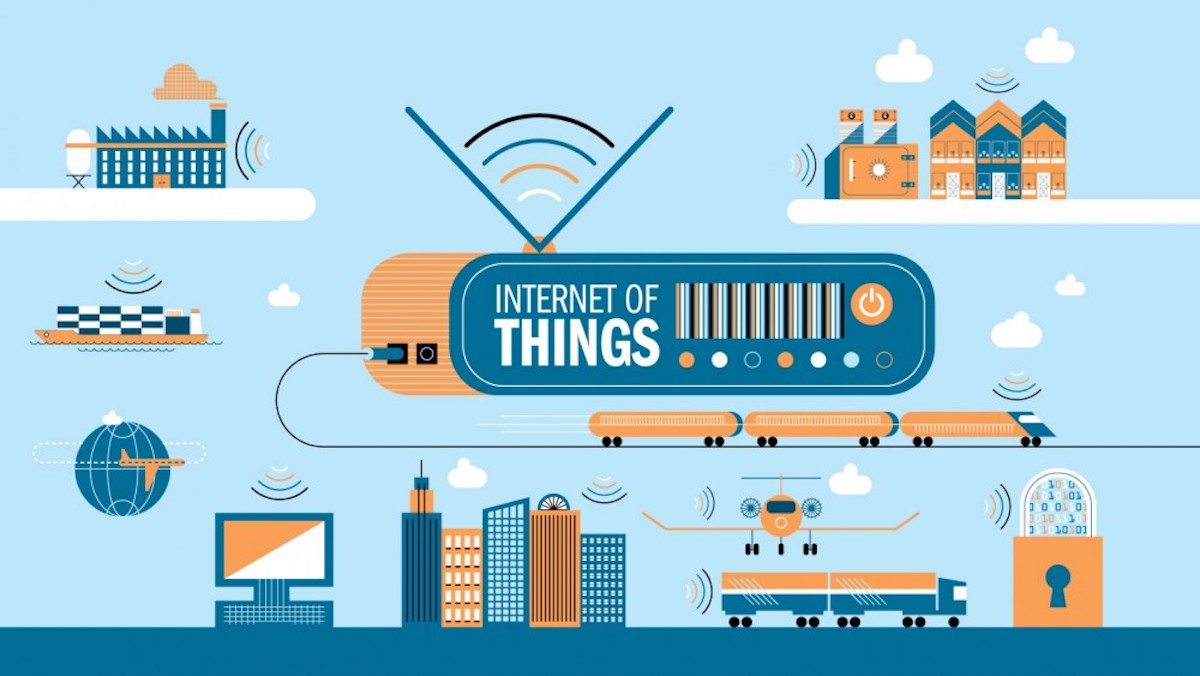A Revolutionary Approach to IoT: Modern Technology, New Engagement Models, and Application Enablement

As published in The CCA Voice
By Ken Lynch, Director of Marketing at Senet
For years Communications Service Providers have been conservative and even skeptical about their ability to participate and profit from the Internet of Things (IoT). This is in large part due to their dependence on traditional connectivity service business models and the prohibitive cost of replacing critical elements of the network infrastructure.
Since the emergence of machine-to-machine (M2M) solutions decades ago, CSP executives have pointed to the relatively small data requirements and have been challenged with creating business models to drive new and meaningful revenue streams. Understandably, they have also been forced to focus their spending on the transformation of analog and fixed networks to digital and mobile networks, with trillions of dollars being poured into the advancements towards 4G/5G/LTE technologies.
The good news for CSPs today is that the investments made in these new technologies can pay off handsomely just as the IoT is now starting to take off and enterprises and manufacturers are implementing massive, distributed projects. The benefits of connected cities, factories, farms, cars, homes, and hospitals are now so clear that enterprises are gearing up to spend billions of dollars on IoT.
To succeed, CSPs will need to get in front of these projects before IoT connectivity is commoditized and do so with disruptive business models that turn massive volumes of physical things into digital relationships with recurring service revenues.
With the promise of trillions of dollars in IoT economic opportunity, CSPs have several options to consider when creating an IoT strategy. One is to take advantage of existing coverage and managed network services by partnering with an IoT connectivity provider. This allows CSPs to not only expand their services now but take part in innovative and lucrative partnership opportunities that contribute to the rapid build-out of global network coverage at the scale required to tackle the IoT market.
With up to 55 percent of IoT applications best suited for Low Power Wide Area Networks, CSPs should not be waiting to finish massive 5G spectrum networks to activate IoT into strategic service offerings and advantages for existing and new customers. For example, the interoperability and standards inherent in LoRaWAN™ (Low Power Wide Area Network solutions based on the LoRaWAN protocol) allow easy deployment and network expansion capabilities, and with the right partners, instant extension of coverage can happen with minimal time and upfront CAPEX.
Additionally, as a CSP’s client opportunities extend beyond existing fiber or tower coverage, so should their IoT offerings. According to a Bearing Point study, CSPs currently focus mostly on mobile-connectivity services which account for less than 5% of the average IoT revenue stack. This strategy misses out on 95% of the value above the connectivity layer.
CSPs should consider moving up the stack and provide value-added IoT services, such as asset tracking, to extend their value and ownership of the customer relationship with industry applications in the cold-case, retail, healthcare, fuel delivery, logistics, and other market segments. The winning approach will focus on bringing valueadd IoT solutions to market while partnering on the implementation and support of the network infrastructure enabling CSPs to get to market faster and deepen relationships with their customers.
As connected products and services continue to expand into mainstream, CSPs face a key strategic choice: they can become marginal players supplying mobile connectivity, or they can expand their offerings to capture more of the value in the emerging IoT ecosystem.
The key to capturing this market is finding the right approach with the best support services and pricing. CSPs who align themselves arm-in-arm with strong ecosystem technology partners have the most to gain.
